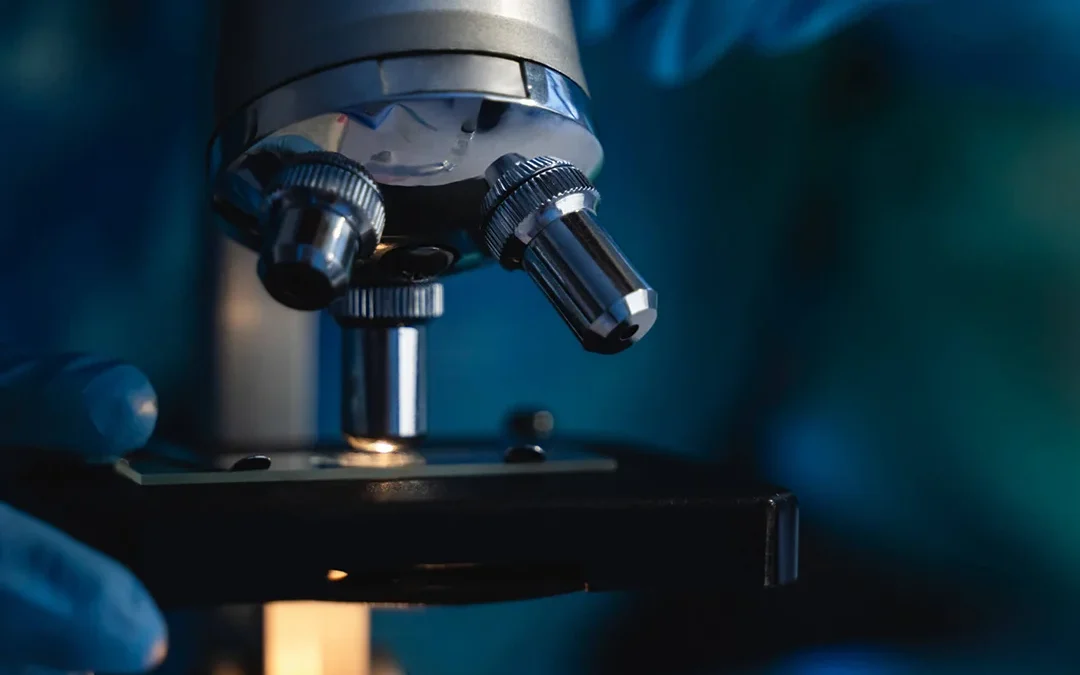Reliable Identification and Traceability for Cassettes
InfoSight is known for our identification and traceability expertise. This includes our ViaLabel line of products in our Life Sciences Division, headed up by John Redfearn. I sat down to talk to John to learn more about these products and why they are so important.
Our Life Sciences Division got its start when our founder, John Robertson, struck up a conversation with a healthcare supply company executive. He talked about an identification and traceability problem in hospital laboratories. Biopsy and tissue samples were being identified by handwriting, resulting in mix ups and lost samples. Additionally, some of the tissue sample containers were especially difficult to permanently mark, yet their identification is critical to the health care industry and its patients. InfoSight’s solution became our Life Sciences division and ViaLabel products.
The largest segment of ViaLabel is made up of specialty coated cassettes and cassette laser markers. The cassettes are plastic cases used to contain human tissue or biopsy samples as they are prepared for analysis. Other products include items such as glass vials, plastic vials, and test tube inserts that are preprinted with sequential serial numbers and/or barcodes to improve identification and traceability in hospital, research, and storage facility settings.
The plastic cassettes are inherently difficult to mark. By nature, the plastic material resists adherence to many types of coating and inks. Furthermore, the cassettes are exposed to a variety of harsh chemicals while the samples are prepared for analysis. Identification must adhere to the plastic, not wipe off or wear off, and survive immersion in chemicals such as formalin, xylene, alcohol, and acids at varying temperatures and concentrations. Your normal household permanent marker is NOT permanent in this case. Oddly, a No. 2 pencil is the simplest solution, but handwritten identification is notoriously unreliable.
Barcodes, on the other hand, are a very reliable form of identification, as they are immune from human error. Machines print them and machines read them. The trick was to get the barcode to “stick” to the cassette. InfoSight developed a propriety means to prepare the cassettes so that they can be marked by a laser printer. InfoSight also manufactures laser markers specifically designed to mark these cassettes. Together, they form a reliable identification and traceability system for human tissue samples.
InfoSight worked with and partnered with the aforementioned healthcare supply company to bring these cassettes and markers to market. The exponential growth of this business is directly related to the reliability of the identification. Quality assurance in hospital laboratories was greatly improved, resulting in better care for patients. InfoSight is already looking to the future of this market. Laboratory practices and testing methods evolve and improve; plastics and lasers evolve and improve. Redfearn said, “ We are looking at all of these as growth opportunities as the market changes.”



